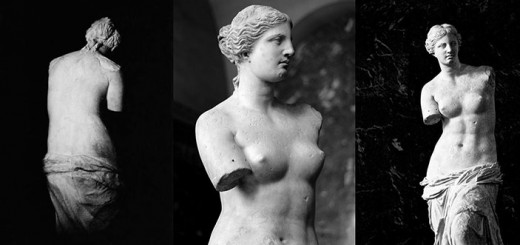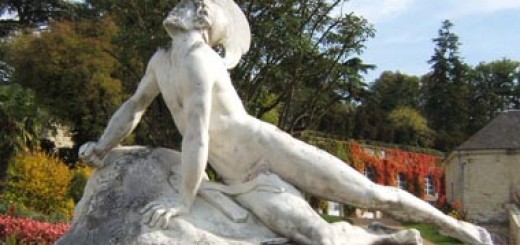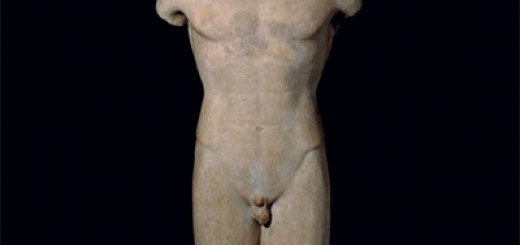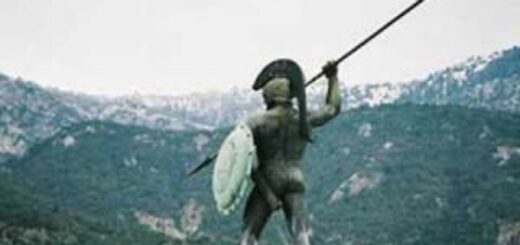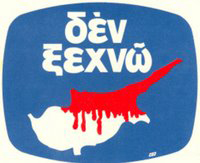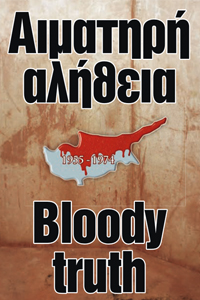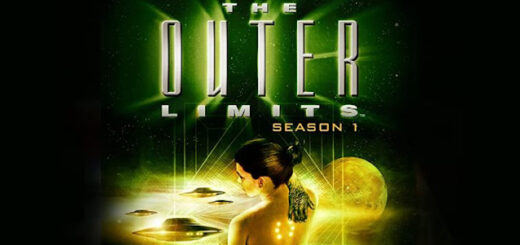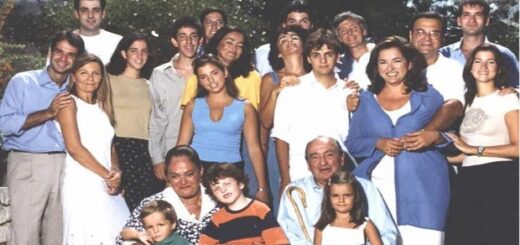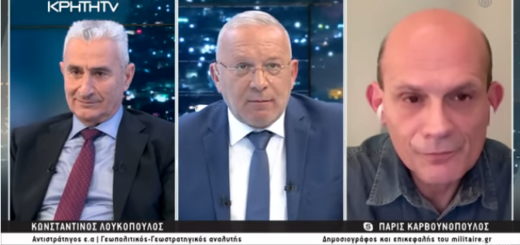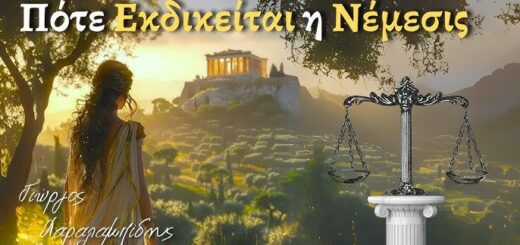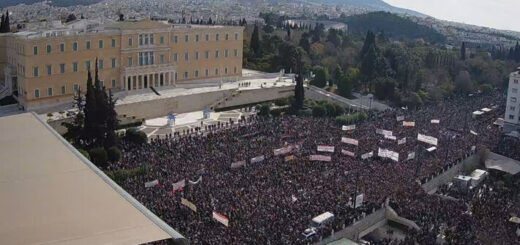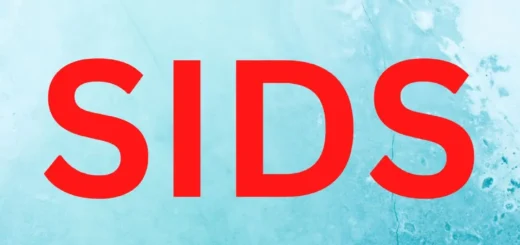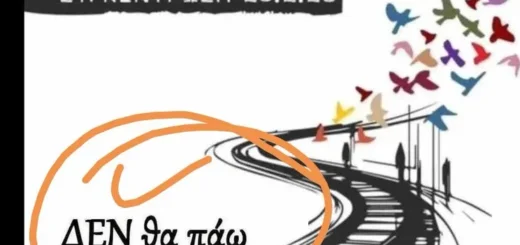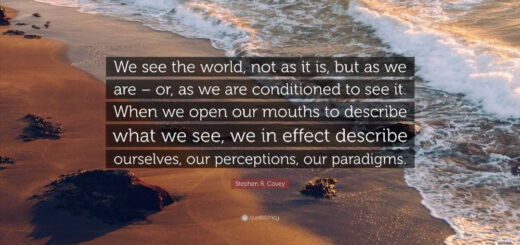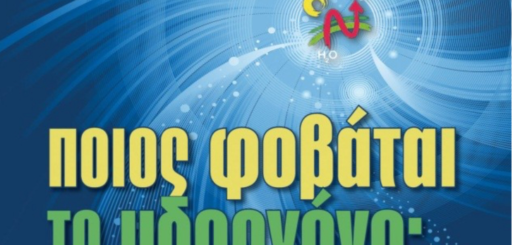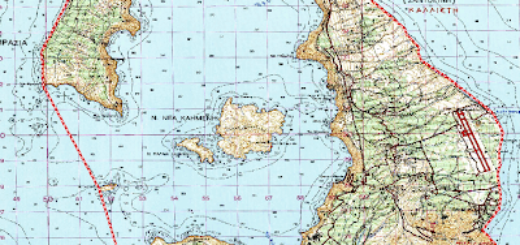Τὸ Ἄτι τῆς Σελήνης…
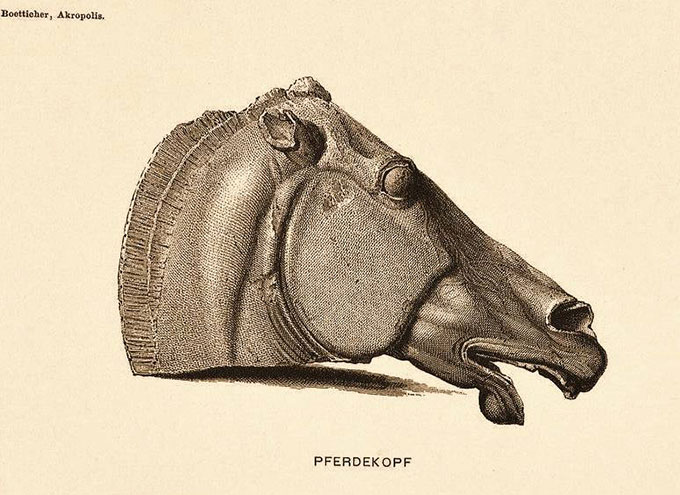
Τὸ Ἄτι τῆς Σελήνης ἀπὸ τὸ ἀνατολικὸ ἀέτωμα τοῦ Παρθενῶνος – Head of a horse of Selene from the east pediment of the Parthenon
Τὰ Γλυπτὰ τοῦ Παρθενῶνος – The Parthenon Sculptures
Ἀπὸ τὸ 1801 ἔως τὸ 1804, τὰ συνεργεῖα τοῦ Ἔλγιν δροῦσαν στὴν Ἀκρόπολη, προκαλῶντας σημαντικὲς ζημίες στὰ γλυπτὰ καὶ τὸ ἴδιο τὸ μνημεῖο, ἀποσπῶντας καὶ διαμελίζοντας ἕνα σημαντικὸ μέρος (περίπου τὸ ἥμισυ) ἀπὸ τὸ σωζόμενο γλυπτὸ διάκοσμο τοῦ Παρθενῶνος, μαζὶ μὲ ὀρισμένα ἀρχιτεκτονικὰ μέλη, ὅπως ἕνα κιονόκρανο καὶ ἕνα σπόνδυλο ἀπὸ κίονα. Σήμερα, μεταξὺ Ἀθῆνας καὶ Λονδίνου βρίσκονται διαμελισμένα πολλὰ τμήματα, συχνᾶ ἀπὸ τὸ ἴδιο γλυπτό.
Ἀπό τοὺς 97 σωζόμενους λίθους τῆς ζωφόρου τοῦ Παρθενῶνος, οἱ 56 βρίσκονται στὸ Λονδίνο καὶ οἱ 40 στὴν Ἀθήνα. Ἀπὸ τὶς 64 σωζόμενες μετόπες, οἱ 48 βρίσκονται στὴν Ἀθήνα καὶ οἱ 15 στὸ Λονδίνο. Ἀπὸ τὶς 28 σωζόμενες μορφὲς τῶν ἀετωμάτων, οἱ 19 βρίσκονται στὸ Λονδίνο καὶ οἱ 9 στὴν Ἀθήνα.
Στὸ Ἀνατολικὸ ἀέτωμα τοῦ Ναοῦ, ἀναπαρίστατο ἡ γέννηση τῆς Ἀθηνᾶς ἀπὸ τὸν Δία. Τὸ κέντρο τοῦ ἀετώματος κατελάμβαναν ὁ Ζεῦς, ἡ Ἀθηνὰ καὶ ἡ Ἤρα. Δεξιὰ καὶ ἀριστερὰ παρακολουθοῦν τὸ θαυμαστὸ γεγονὸς οἱ ἄλλοι θεοί, ὄρθιοι, καθιστοὶ ἢ ξαπλωμένοι, ὑπακούοντας στὸν τριγωνικὸ χῶρο τοῦ ἀετώματος. Τὰ ἄκρα τοῦ ἀετώματος κλείνουν μὲ τὰ τέθριππα τοῦ Ἡλίου ποὺ ἀνατέλλει καὶ τῆς Σελήνης ποὺ δύει καὶ ὀρίζουν τὸ χρονικὸ διάστημα τῆς ἡμέρας γεννήσεως τῆς θεᾶς.
Between 1801 and 1804 Elgin’s team was active on the Acropolis, hacking off and causing considerable damage to the sculptures and the monument, eventually detaching and dismembering a significant part (more or less half) of the remaining sculpted decoration of the Parthenon, together with certain architectural members such as a capital and a column drum. London and Athens now hold dismembered pieces of many of the sculptures.
Of the 97 surviving blocks of the Parthenon frieze, 56 have been removed to Britain and 40 are in Athens. Of the 64 surviving metopes, 48 are in Athens and 15 have been taken to London. Of the 28 preserved figures of the pediments, 19 have been removed to London and 9 are in Athens.
The east pediment of the Parthenon shows the birth of the goddess Athena from the head of her father Zeus. The event was witnessed by various figures shown on either side and filling the triangular space of the gable end of the temple. In the very corners of this triangle, the time of day was set by the chariot of Helios, god of the sun, rising at dawn, and the chariot of Selene, the Moon goddess, sinking beneath the horizon. Selene’s torso is in Athens, while the head of one of her team of horses is in the British Museum.
Read about –> The review of the seizure: http://odysseus.culture.gr/a/1/12/ea125.html
The removed sculptures: http://odysseus.culture.gr/a/1/12/ea126.html
Skulpture’s description in British Museum’s page: http://www.britishmuseum.org/research/collection_online/collection_object_details.aspx?objectId=461659&partId=1&searchText=GAA6846&page=1
Εἰκόνα – Image: Κεφάλι ἀλόγου ἀπὸ τὸ ἄρμα τῆς Σελήνης, ἀπὸ τὸ ἀνατολικὸ ἀέτωμα τοῦ Παρθενῶνος. Τὸ ἄλογο τῆς εἰκόνας εἶναι τὸ τέταρτο ἀπὸ τὰ ἄλογα τοῦ ἄρματος καὶ βρίσκεται στὸ Βρετανικὸ Μουσεῖο. Προβάλλοντας λοξὰ τὸ κεφάλι προεξεῖχε ἀπὸ τὸ ἀέτωμα – Head of a horse of Selene from the east pediment of the Parthenon.
Image Source: Boetticher, Adolf. Die Akropolis von Athen nach den Berichten der alten und den neuesten Erforschungen — Berlin, 1888.
Πηγή: Ἀνιχνευτές

